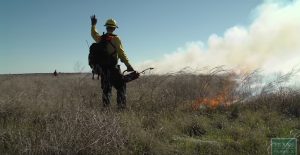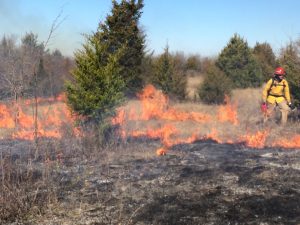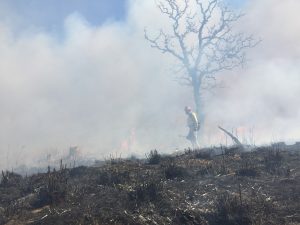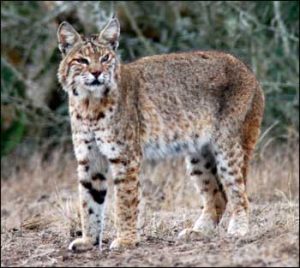Using Fire as a Tool
Friday, August 24th, 2018This is Passport to Texas
Fire suppression became U.S. Federal policy in the early 20th century. By 1924, conservationist Aldo Leopold argued that suppressing fire worked against ecosystem health. A change in thinking and policy came in the 80s.
At that time, nationally, they put forward some legislation and some funding—and there was a national fire plan. And the two parts of that plan were first to work on managing the fuels with both mechanical and prescribed fire. And then, of course, enhancing the firefighting capabilities amongst federal and state and local agencies.
Chris Schenk is the statewide fire program leader for the wildlife division at Texas Parks and Wildlife.
We develop prescription parameters; we try to give ourselves a reasonable range. But, unless those parameters exist, we are not likely to ignite the fire.
Prescriptions are specific to each piece of land, and include strategies for containment.
We’ll put in some sort of fire break. And, based on how we think the fire is going to behave, we may take the fire break down to mineral soil 20 feet wide. Or some number that’s conducive to how we think that fire’s going to behave.
Lean more about the art and science of wildland fire management when you log onto the ignite the fire. website.
The Wildlife restoration program supports our series and funds fire management programs in Texas.
For Texas Parks and Wildlife…I’m Cecilia Nasti.







 Passport to Texas is a
Passport to Texas is a  Passport to Texas is made available by:
Passport to Texas is made available by: